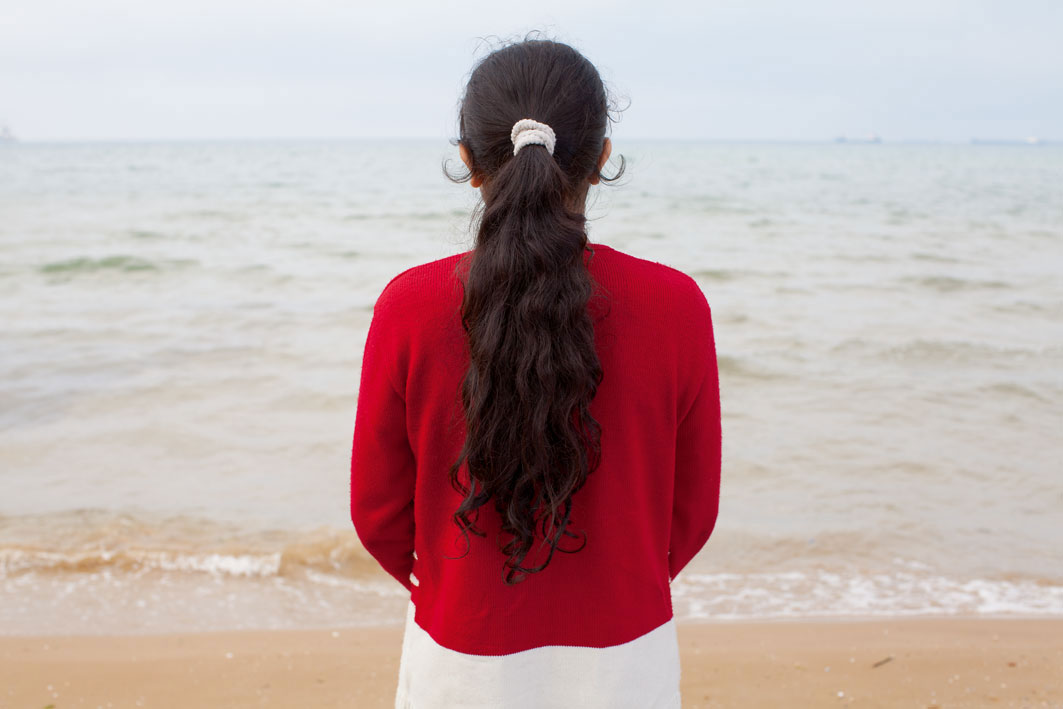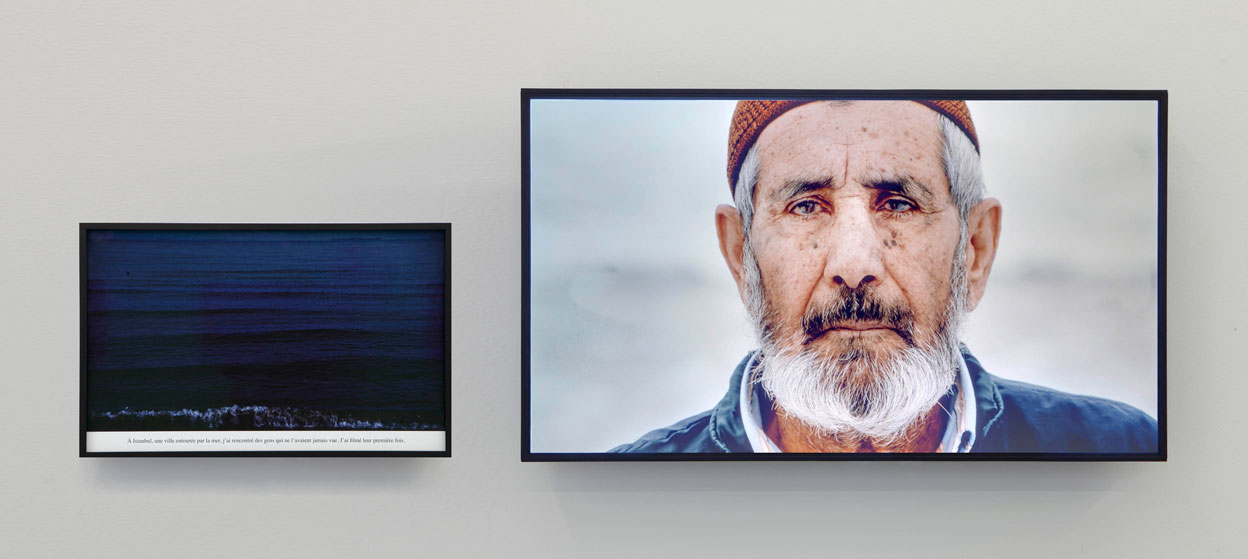ART-PRESENTATION: Sophie Calle-What Remains
 Variously described as a conceptual artist, a photographer, a movie director, and even a detective, Sophie Calle has developed a practice that is instantly recognizable for its distinct narrative elements and frequent combination of images with text. Each of her projects can be seen as a chapter in a vast overall volume of references and echoes, in which Calle often blurs the boundaries between the intimate and the public, reality and fiction, art and life.
Variously described as a conceptual artist, a photographer, a movie director, and even a detective, Sophie Calle has developed a practice that is instantly recognizable for its distinct narrative elements and frequent combination of images with text. Each of her projects can be seen as a chapter in a vast overall volume of references and echoes, in which Calle often blurs the boundaries between the intimate and the public, reality and fiction, art and life.
By Efi Michalarou
Sophie Calle’s solo exhibition “What Remains” shows six series of works after 15 years, one of the most extensive work shows by the artit in Germany. On the basis of existential topics such as blindness, family relationships, love, loss, grief and historical culture, the different groups of works focus on the absent and their survival in memory. Her precisely staged juxtapositions of photographs and text address both her own life as that of others and do not stop at either the personal or foreign sphere of privacy. On the basis of existential subjects such as blindness, love, loss, grief, and historical culture, the various groups of works focus on the absent and its continued existence in one’s memory. Beginning with social observations, autobiographical issues, research, and interviews, a network of collected and staged traces develops that lends inescapable presence to inner images, associations, and ideas. Reflecting on one’s own family relationships, death, grief, as well the question of how we deal with these emotions in private as well public are central themes in the three series “Les Tombes” (1990), “Ma mère, mon chat, mon père et moi, dans cet ordre” (2012-19) which combines a road sign marking the “END:of a road with a text on the last days and death of her loved ones, or for “ Today my mother died ”(2013), which associates phrases drawn from the artist’s diaries and her mother’s with a sculpture of a recumbent. The Autobiographies constitute one of the artist’s most famous series. The starting point of “Série Noire” (2018) is the titles of detective novels published in Gallimard’s “Série Noire: collection. Works such as On efface tout (Let’s start over), Quand me tues-tu (When do you kill me ?), Adieu la vie… (Farewell, life …) and Comment vivent les morts (How do the dead live) cohabit with a text in which the artist raised the question of bereavement and of the different ways of dealing with the loss of a loved one, including the act of deleting their contact details: ‘What do you do with your dead? In your diary, do you write “dead” beside their name? Do you draw a cross, a tomb? …’ This literary genre is here associated with these questions in order to deal, not without irony and a certain distance, with death and mourning, themes that permeate the exhibition and the artist’s recent works. In “Detachment” (1996) Sophie Calle captures the voids and the wide variety of memories of distant monuments from the period of the GDR in Berlin. The work is based on the same principle as Sophie Calle’s earlier work “Fantômes” and “Souvenirs”, exploring once again the topic of artefacts vanished from public view and how those familiar with these objects felt about them. Calle interviews inhabitants of the former East Berlin, whom she asked to react to the disappearance of various symbols, monuments or commemorative plaques-for example, the Two Soldiers Monument on Hohenschönhauser Strasse or the East German Republic insignia on the façade of the Republican Palace. The point of departure for “La Dernière Image” (2010) and “Les Aveugles” (1986) are interviews with people who have lost their eyesight in the course of their lifetime about their memory of the last image they saw, or with people who were born blind about their idea of beauty. These work does not just demonstrate Sophie Calle’s questioning of memory and absence as evoked through text and picture, but also her reflections on the nature of photography. She asks people who suddenly lost their sight about the last thing they saw. What evolves is a triangular relationship between the portrait of the person, the description of their memory of the last thing they saw, and a photograph which seems to represent that memory. But does the photograph really show what this person remembers? And how do we spectators perceive this link with the text? The absent, the fragility of memory, and the power of the imagination play a crucial role in all of these works by Sophie Calle.
Info: Kunstmuseum Ravensburg, Burgstraße 9, Ravensburg, Duration: 7/3-7/6/20, Days & Hours: Tue-Wed & Fri-Sun 11:00-18:0, Thu 11:00-19:00, www.kunstmuseum-ravensburg.de




Center: Sophie CALLE, The detachment (Detail), 1996, Series of 12 books and 12 framed color prints, 35 x 44 cm, total 132 x 102 cm, Courtesy A3 Arndt Art Agency and Perrotin
Right: Left: Sophie Calle , The Last image. Blind with embroidery, 2010 , © Sophie Calle/ ADAGP, Paris 2019 , Courtesy the Artist & Perrotin «I went to Istanbul. I spoke to blind people, most of whom had lost their sight suddenly. I asked them to describe the last thing they saw.»
